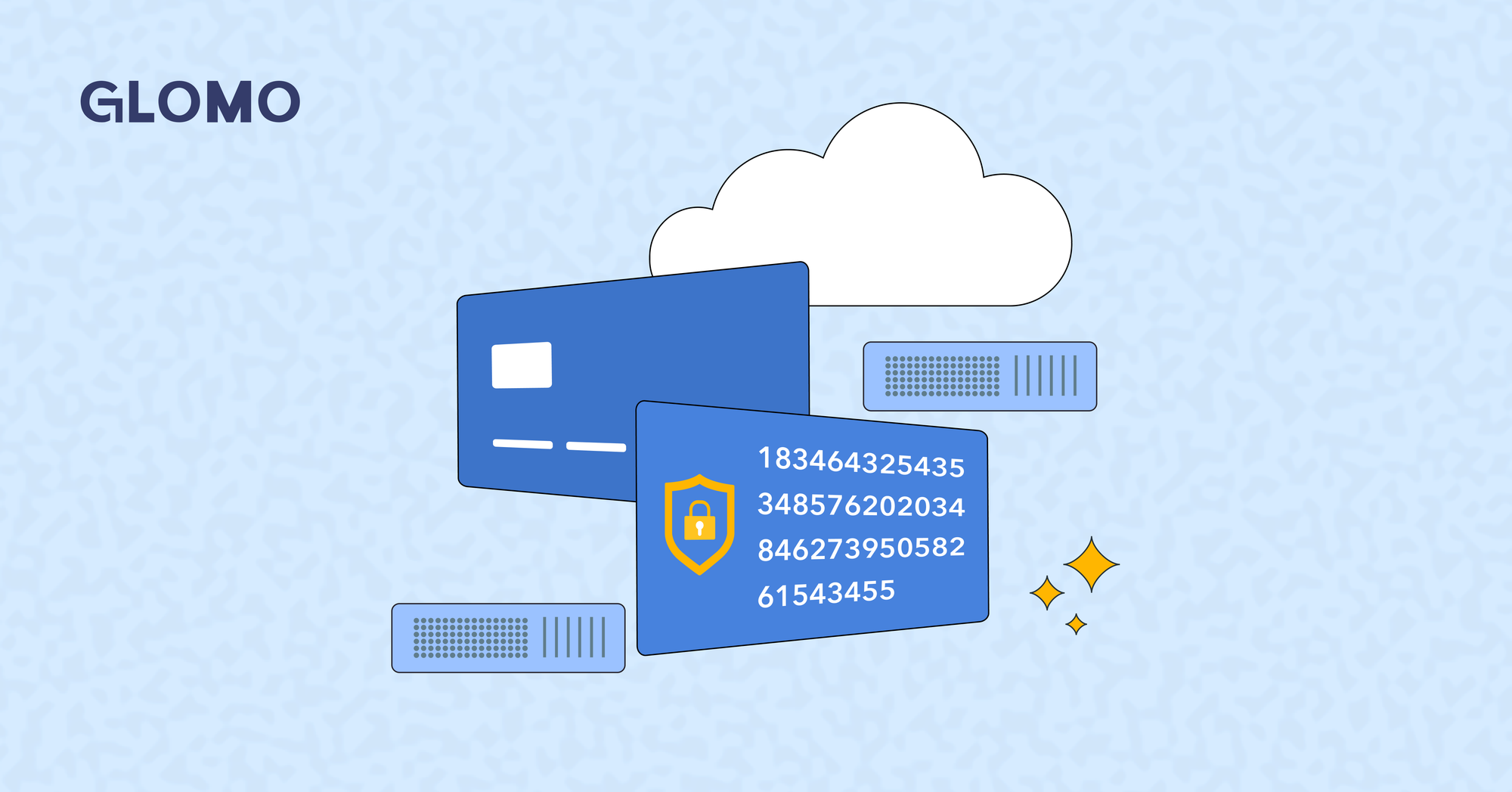Tokenization in Payments: Enhancing Security and Streamlining Compliance

In today's digital economy, securing payment data is paramount. As enterprises scale and expand across borders, the complexity of managing and protecting sensitive information grows exponentially. Tokenization has emerged as a critical solution, offering enhanced security and simplified compliance for businesses navigating the intricate landscape of global payments.
Understanding Tokenization
Tokenization is the process of replacing sensitive payment information, such as credit card numbers, with a unique, non-sensitive equivalent known as a token. These tokens retain essential information without compromising security, as they have no exploitable value outside the specific transaction context.
When a customer initiates a payment, their actual card details are exchanged for a token by a secure tokenization service. This token is then used throughout the payment process, ensuring that the original sensitive data is neither transmitted nor stored by the merchant, significantly reducing the risk of data breaches.
Why Tokenization Matters for Enterprises
For large-scale merchants and payment providers, tokenization offers several key advantages:
- Enhanced Security: By eliminating the need to store sensitive card information, tokenization minimizes the attack surface for potential data breaches. Even if intercepted, tokens are meaningless to unauthorized parties.
- Simplified Compliance: Handling actual payment data subjects businesses to stringent regulatory requirements. Tokenization reduces the scope of compliance obligations, by limiting the storage and transmission of sensitive information.
- Operational Efficiency: Tokens can be used to facilitate recurring transactions and streamline the checkout process, improving the customer experience and reducing friction in payment workflows.
Tokenization in Cross-Border Payments
As enterprises expand globally, managing cross-border payments becomes increasingly complex, involving multiple currencies, regulatory frameworks, and security challenges.
Enhancing Security and Reducing Fraud
Cross-border transactions are particularly susceptible to fraud due to the involvement of multiple intermediaries and varying security standards across regions.
This approach significantly reduces the risk of data breaches and fraudulent activities, which are estimated to cost banks $15–20 billion annually.
Streamlining Compliance Across Jurisdictions
Navigating the regulatory landscape of multiple countries is a daunting task for enterprises. Tokenization simplifies compliance by minimizing the storage and transmission of sensitive data, thereby reducing the scope of regulations like the Payment Card Industry Data Security Standard (PCI DSS).
Moreover, tokenization facilitates adherence to local data protection laws and anti-money laundering (AML) regulations by ensuring that sensitive information is not exposed during transactions.
Improving Operational Efficiency
Traditional cross-border payments often involve multiple correspondent banks, leading to delays and increased costs. Tokenization, especially when combined with distributed ledger technology (DLT), enables near-instantaneous settlement and reduces the need for intermediaries.
This efficiency not only accelerates transaction times but also lowers operational costs, making it a compelling solution for enterprises seeking to optimize their global payment operations.
Facilitating Real-Time Transparency
Tokenization, in conjunction with blockchain technology, provides real-time visibility into transactions. Each tokenized transaction is recorded on an immutable ledger, allowing all parties to track the payment process transparently.
This transparency enhances trust among stakeholders and simplifies auditing processes, which is particularly beneficial for enterprises operating in multiple jurisdictions.
Implementing Tokenization: Best Practices
To effectively leverage tokenization, enterprises should consider the following best practices:
- Choose the Right Tokenization Provider: Select a provider that offers robust security measures, scalability, and compatibility with your existing payment infrastructure.
- Integrate Seamlessly with Payment Systems: Ensure that the tokenization solution integrates smoothly with your payment gateways, processors, and other relevant systems to maintain operational efficiency.
- Stay Informed on Regulatory Changes: Keep abreast of evolving data protection regulations to ensure that your tokenization practices remain compliant across all operating regions.
Conclusion
Tokenization stands as a vital component in the modern payment ecosystem, offering enterprises a powerful tool to enhance security, simplify compliance, and streamline operations. By adopting tokenization, businesses can confidently navigate the complexities of scaling payments and managing cross-border transactions, all while safeguarding sensitive customer information.
